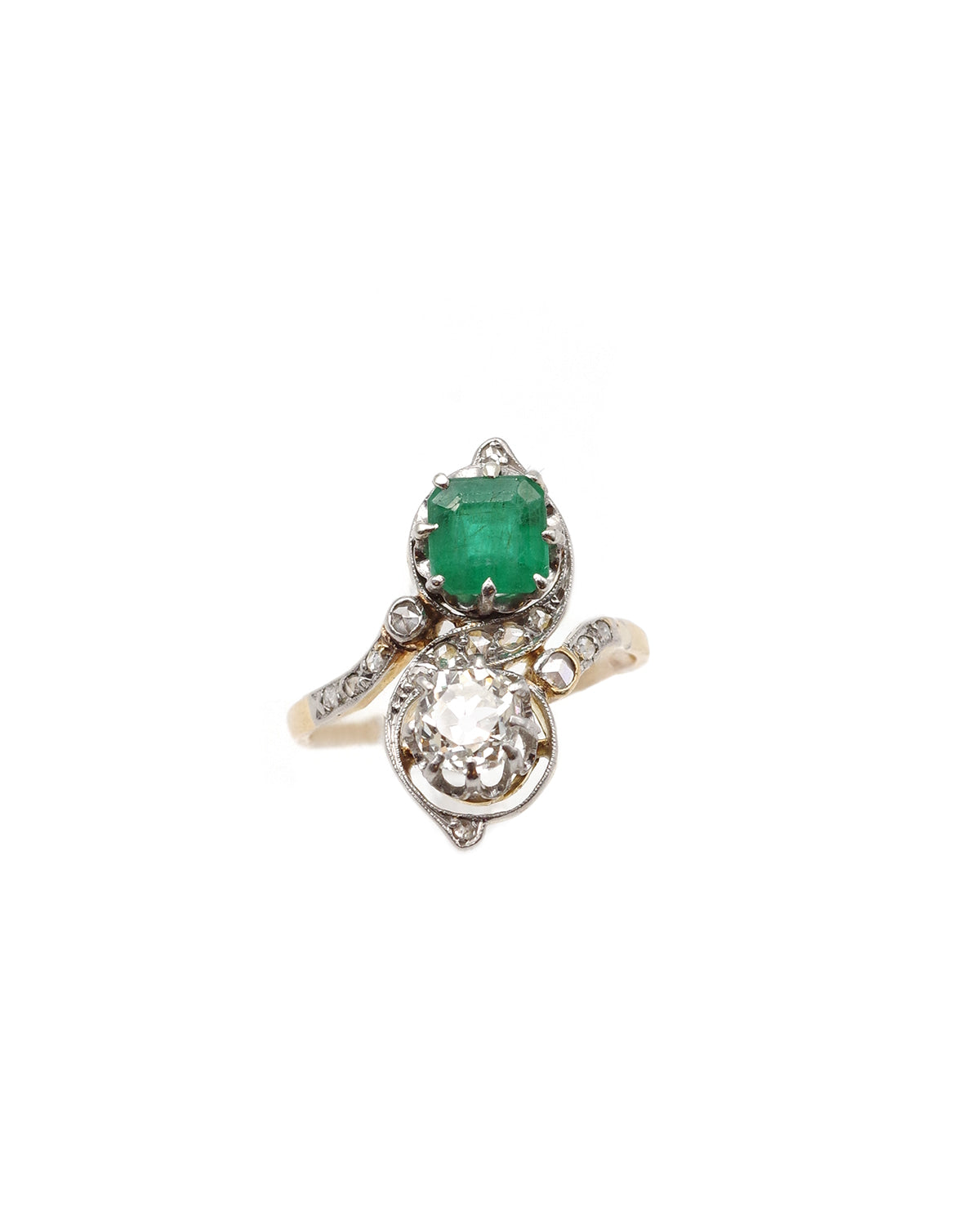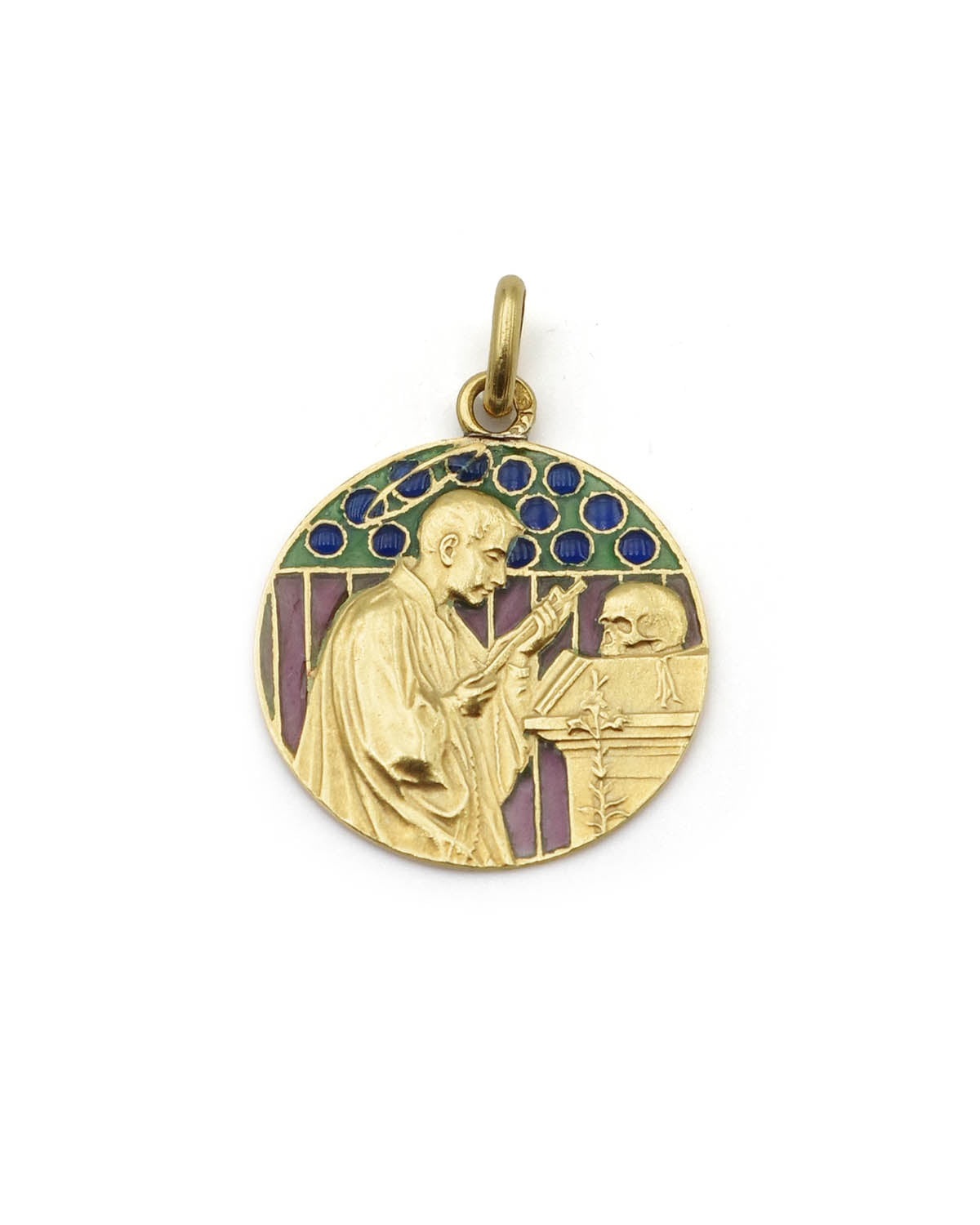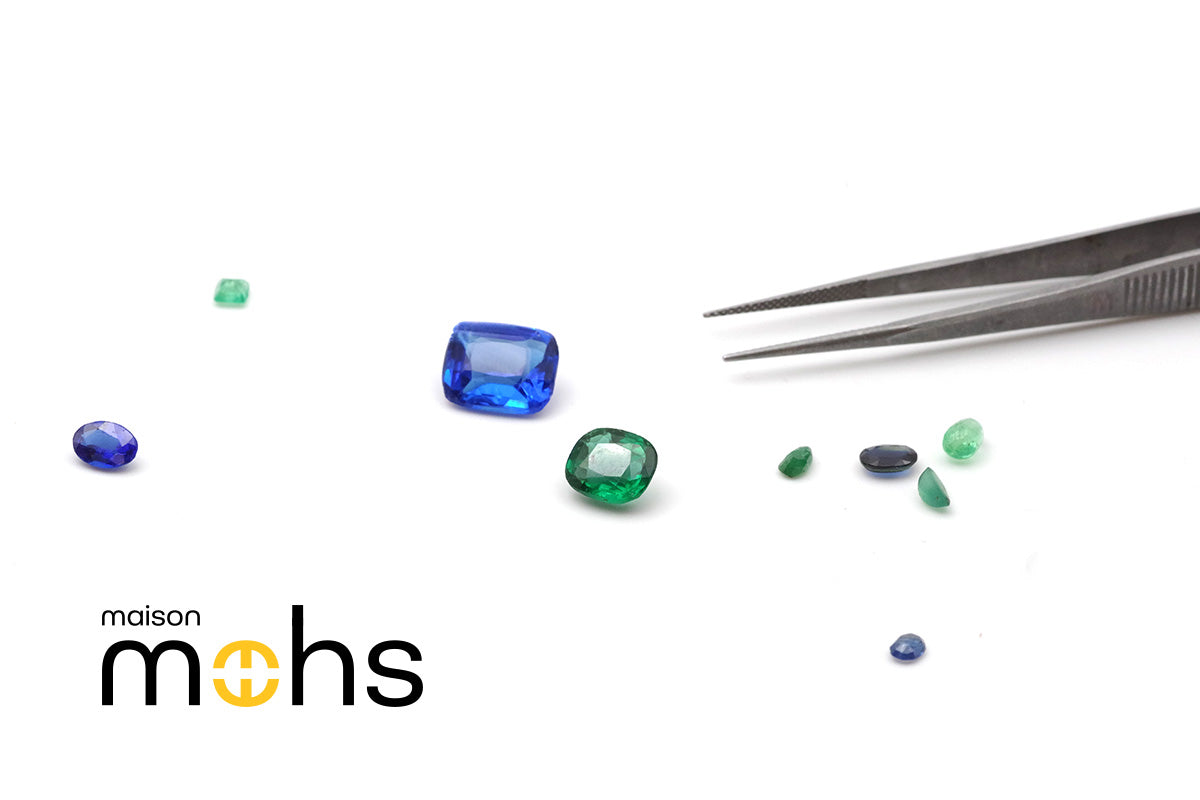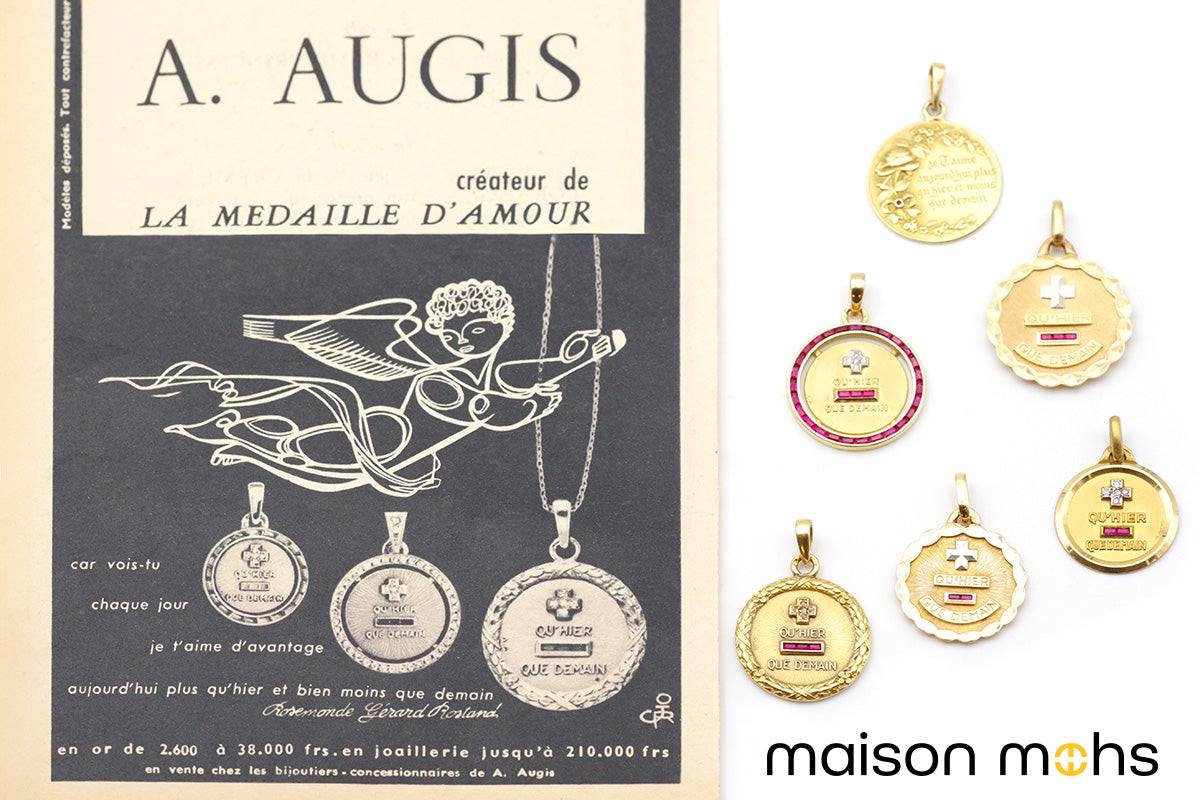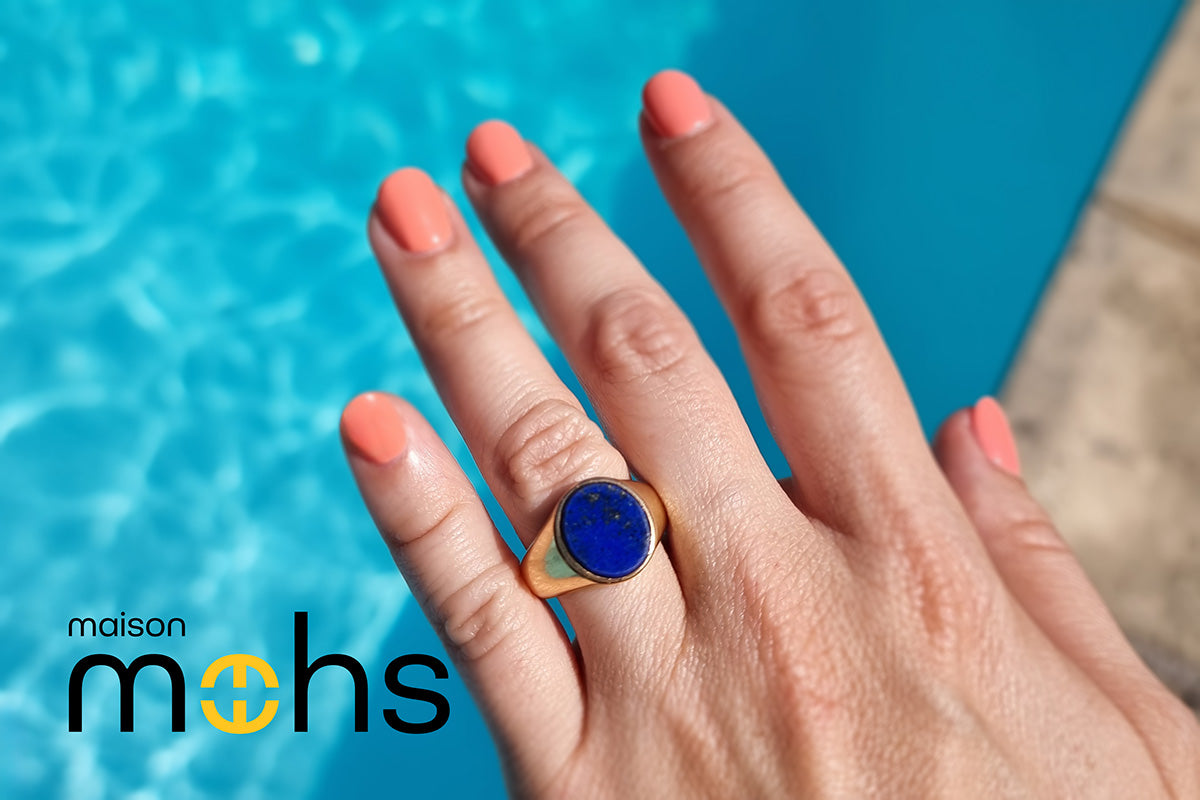
Can You Wear Antique Jewelry in Water? What You Need to Know Before Taking the Plunge
When wearing antique jewelry daily, one question comes up often: Can you keep it on while showering, swimming, or at the beach? While antique pieces are made to last, repeated exposure to water can weaken them over time. Here's a full guide to help you understand the risks and adopt the right care habits.
Antique jewelry and water: what are the risks?
Some antique rings feature foiled-back gemstones, like Perpignan garnets, or hand-painted miniatures from the 18th and 19th centuries. These decorative elements are often glued or fragile, and should never be exposed to water. Moisture can irreversibly damage them—and significantly lower the value of the piece.

Metal Sensitivity
Antique jewelry may include alloys more sensitive than those used today. Silver, in particular, oxidizes quickly when exposed to moisture, salt, or chlorine, which can tarnish its appearance.
Weakened Settings
Mountings on antique pieces may already be worn from time. Contact with hot water, soap, or chlorine can loosen prongs and lead to stone loss. Humidity can also affect spring clasp mechanisms, especially on antique necklaces and bracelets, making them less secure over time.
Delicate or Porous Gemstones
-
Emeralds can crack or become dull, especially if exposed to sudden temperature changes (hot to cold), which may cause internal fractures
-
Opals absorb moisture and may change color
-
Pearls and turquoises are also very sensitive to heat and can crack or lose their luster,
-
Poorly set vintage stones may also come loose unexpectedly.

Can you Shower with antique jewelry?
Antique jewelry can be lost more easily than you think. A ring might slip off your finger in cold seawater or fall down the sink during handwashing. These scenarios are common—and a good reason to be cautious.
The answer is: no, or only with great care. Hot water, soap, and shampoo can damage mountings and dull gemstone sparkle. It’s best to remove antique jewelry before every shower, bath, or prolonged handwashing.

What About Pools and the Ocean?
-
Chlorinated pool water can impact money.
-
Sand is abrasive: it can scratch metal and some stones.
How to protect your antique jewelry?
-
Remove them before each swim or wet activity.
-
Store them in a closed jewelry box , away from humidity.
-
Have the crimps checked regularly by a professional.
Maison Mohs Advice
At Maison Mohs, we always recommend removing antique jewelry before any prolonged contact with water. If you're heading to the beach, it's best not to bring it at all. If you do, keep it stored in a box inside a bag that’s watched over by someone you trust.

